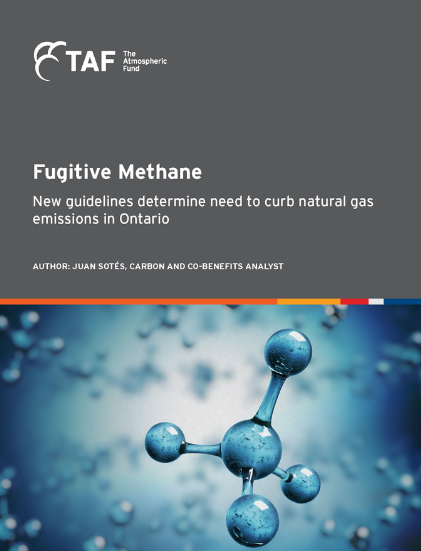May 2022. Greater Toronto and Hamilton Area. Greenhouse gas emissions from natural gas combustion is responsible for 40% (20 megatonnes) of the carbon emissions in the Greater Toronto and Hamilton Area. However, this number does not account for the “fugitive” methane that leaks from extraction, fracking, pipelines, and distribution — the full life cycle of natural gas. This report provides guidelines and natural gas emissions factors to account for fugitive methane leakage. Recommendations for policy makers include phasing out fossil fuels to reduce fugitive methane, which is critical to meeting our climate targets.
Report Highlights
- Based on TAF’s research and conservative estimates, the fugitive methane rate is at least 2.7%, double what is currently reported in the National Inventory Report (NIR).
- Using accurate Global Warming Potential (GWP) timeframes has a huge impact on emissions reporting, because methane remains in the atmosphere for a short time but is far more harmful than other greenhouse gases, such as carbon dioxide. TAF recommends using a timeframe of 100 years (GWP100) for emissions inventories and a timeframe of 20 years (GWP20) for all other scenarios.
- Using a more accurate methodology, we found that emissions from fugitive methane are over 90% higher than what is currently being reported.
Media Contact
Julie Leach, Senior Manager, Campaigns and Communications | jleach@taf.ca

